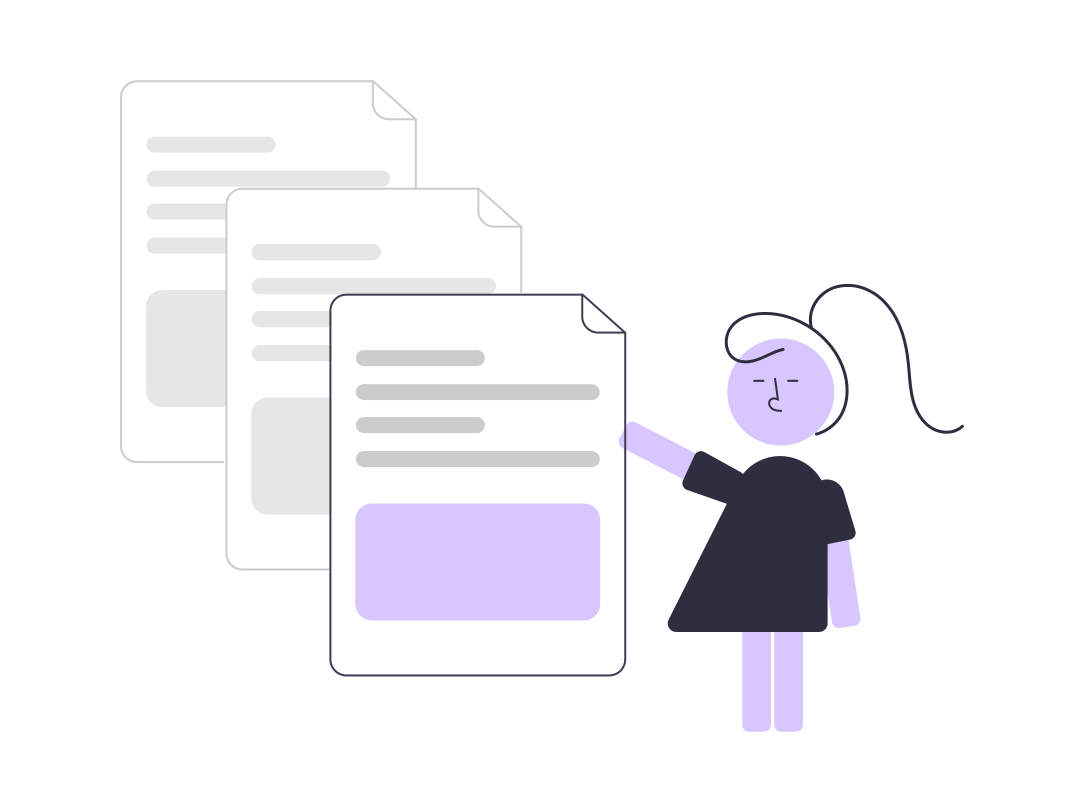The Impact of PIPs on New Engineering Managers
PIPs can be stressful but are also an opportunity to revamp how you lead your team

You’ve likely experienced a performance evaluation before. So you already know a bit about the process. Your manager reviews your strengths and growth areas and lets you know where you are on the bell curve. Typically either needs improvement, meets expectations, or exceeds expectations.
However, what you may not be ready for is evaluating other people’s performance. This is easy when you have a top performer. On the other hand, it’s very challenging when you have a person who needs improvement.
I experienced this when I started transitioning into management. A group of engineers were assigned to me, and I began evaluating their scope, contributions, and talent against my organizations (orgs) guidelines.
Unfortunately, one person wasn’t meeting expectations and I entered them into a performance improvement plan (PIP).
While others told me how this would impact the employee, I wasn’t prepared for how it would affect me.
In this article, I will describe the phases of a PIP and how it affected me to help you navigate your first PIP as a manager.
What is a PIP?
There’s a lot of controversy around PIPs, but fundamentally, a PIP provides employees a chance to improve. As a manager, you write a document to support your decision, share an improvement plan with the employee, coach and support them, and determine if they’re meeting expectations.
Evaluate their performance
I used quantitative and qualitative data collected through various tools and conversations to evaluate their performance against my orgs guidelines and expectations.
However, as I wrote the PIP document, I started to feel anxious.
Writing this document was a highly judgmental process that was unfamiliar to me. I wondered if I was being overly critical or not critical enough. Realizing the influence of my own biases, I took a moment to pause, reflect, and write down my assumptions. By acknowledging and identifying my preferences, I could refocus on the objective data, reducing my anxiety.
To further ensure the integrity of the PIP document, I had my manager and HR representative review the document. They helped validate that my examples were grounded in factual evidence. Once the document was approved, I developed an improvement plan.
Develop a plan
Now that you’ve determined this individual needs improvement, it’s time to develop a plan. The plan should list specific, reasonable, relevant, and time-bound (SMART) goals to help them improve.

BetterUp recommends the following format for PIPs:
Evaluation: Provide examples of when they didn’t meet expectations.
Goals: Write clear goals so the employee knows what they’re expected to deliver.
Timelines: Set a timeline and share this with the employee. All stakeholders should be aware of how long the PIP will last and when a decision will be made.
Resources and training: Provide the employee with opportunities to learn and skill up.
Regular check-ins: Determine how frequently you will check-in with the employee and what your preferences are. i.e. Do you prefer written or oral updates on progress?
Plans for next steps: Share what support you will provide and what your expectations are for them between now and your next check-in.
After you develop the plan, share this with the employee so they know the expectations and meet weekly to evaluate their progress — I used our recurring 1:1 (more on this later).
Have the initial conversation
To prepare for this discussion, think about their personal situation. Have they had multiple managers? Did they switch teams recently? What’s their tenure with the company? Are they dealing with something stressful outside of work? Answering these questions can help you express empathy for their situation, understand their frustration, and anticipate their questions.
I began by explaining the goal and structure for the conversation and acknowledged that this would be difficult but would help us work together to improve their growth areas. Then I proceeded to let them know that their performance fell short of expectations and shared supporting data behind my decision.
I also provided them with an opportunity to share their perspective. Surprisingly, as our conversation unfolded, the employee understood and agreed with the examples provided.
Track their progress
At each meeting, set expectations for what they need to deliver and track their progress so you can evaluate if they’re improving or need additional coaching.
This process will require a significant amount of time investment. It may take several hours a week to review their tasks, provide guidance, and prepare reports.
Sometimes, you might fall behind in supporting the rest of your team, and it’s normal to feel guilty about it. I suggest having a mentor to vent to and get advice from.
It’s important to remember that they’re also going through a tough time and may also benefit from a mentor. If possible, align them with someone who exceeds expectations so the employee can learn from them. Ideally, you’ve already done this before PIP but better late than never.
Prepare for difficult conversations
Whenever the employee expresses their dissent, it can be overwhelming. I lost control of the conversation the first time this happened. I just quietly listened while they talked and thanked them for sharing at the end.
Then I talked to HR. They advised me to remain calm and control the conversation. They recommended I actively listen, ask follow-up questions (if they make a good point), and then redirect them to the improvement plan and support I’ve provided to help them. If you do this with compassion, you can help them feel heard & motivate them to focus on the plan.
Overall, these conversations are challenging to have. They sit with you for hours, keep you up at night, and are your first thoughts in the morning. Since the employee often did this to me during 1:1s, it started to burn me out, and I had to figure out to delegate so I didn’t fall behind in other areas.
Evaluate their performance, again
As you near the end of the PIP, you’ll have to make another choice: Is the employee demonstrating any improvement, or are they still falling short?
To make an informed decision, repeat the evaluation steps you took to determine their initial performance. Take the time to thoroughly review the collected data, document the reasons behind your decision, review the document with both your manager and HR, and finally, prepare yourself for a conversation with the employee to address the outcome.

Recognize the impact it will have on you
Employees who aren’t improving will part ways with the company. Depending on company policy, this could take many different shapes.
In either case, if the employee leaves, it will affect you. You may have to jump in to provide coverage until you hire a backfill, you may feel emotionally drained, and start to question your performance.
I recommend scheduling a call with your manager to discuss your feelings and concerns.
In my personal experience, my manager provided reassurance by acknowledging the challenging nature of PIPs and understanding of the impact it had on me.
This support and understanding brought a sense of relief and enabled me to shift my focus towards the future of my team.
In summary
A PIP is challenging for an employee for apparent reasons. However, it will also change you and how you lead your team.
For me, it affected my mindset. I’m normally optimistic but during this process, I felt more like a pessimist. However, it also motivated me to find frameworks for effectively leading a team. The one that resonated with me the most is Scrum. I chose to adopt the three pillars of Scrum into my leadership style:
During 1:1s and team meetings, I encourage everyone to share wins and challenges. I also ensure that my team understands my expectations for them (Transparency)
I inspect their progress towards resolving issues and delivering projects frequently so I can identify challenges or areas for improvement (Inspection)
I evaluate how we can improve our processes, share information about new initiatives or changes, and determine how we prepare for these changes (Adaptation)



